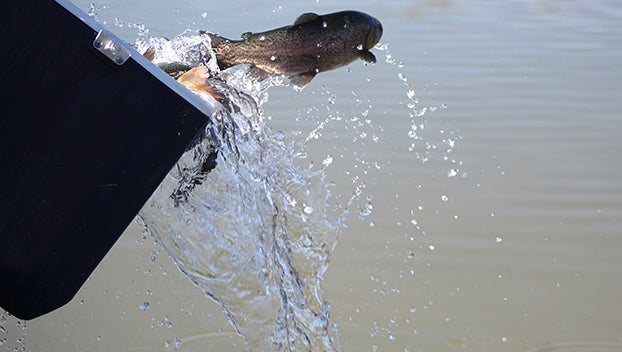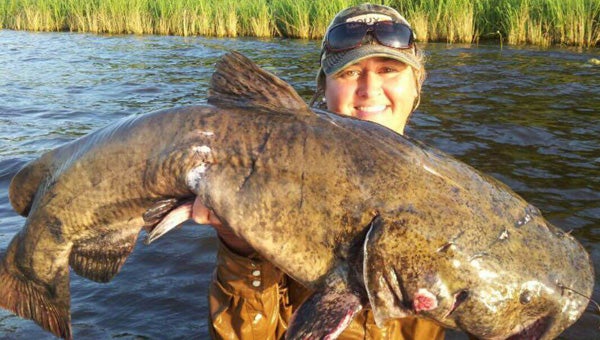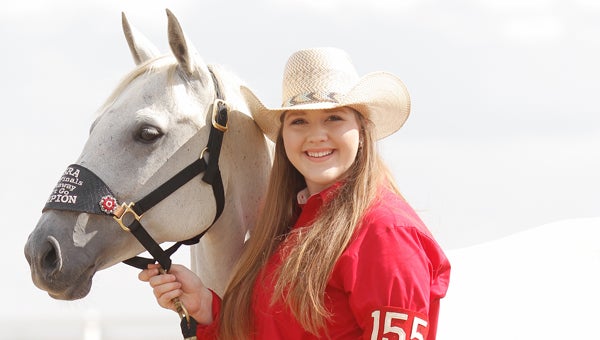To catch fish this summer, you have to sweat
Published 12:01 am Sunday, July 1, 2012
Early June was a fair month for fishing if you were on the water early or late in the day.
As the official beginning of summer grew closer, the thermometer began to rise. I don’t know if it is just me or is our summer season getting more brutal with each passing year?
Regardless, it’s hot, humid and the fishing is tough.
But maybe the fishing is better than we think. The problem is not many people are on the water chasing fish in the midday hours when it’s 100 degrees.
I could write the same old same old about low water, hot water, suspended white perch caught drift fishing offshore while the bass are suspended under the shade of pier platforms much like a dog finds a shady spot under the porch.
But to catch fish this month, be prepared to sweat.
I recently read in the news that the Mississippi River is approaching a record-low level. The stage at Natchez Saturday was 13.4 feet. When that news began to circulate, my phone started ringing.
Many of the calls were from the old timers, the guys that have been on the river more than my 35 years. Like those that called me, I can “almost” remember a stage at Natchez of 9 feet. I think it was during the drought of 1988.
Out of curiosity I searched the Internet for a few minutes but did not find a clear answer to what the lowest river stage recorded actually is.
Some river-level history said 13 feet at Natchez, but myself and some other old timers recall 9 feet at Natchez.
That year, barge traffic came to a halt. We saw sandbars that had never been visible to us.
Obviously more research is needed on my part.
The Old River at Deer Park is now landlocked from any influence from the big river. That is not a good thing for fishing.
At such a low level most of the cover we were catching fish around is high and dry.
Years ago, before we had GPS, I would video tape the Old Rivers, so I could locate the brush piles and stumps when the water comes back up. Now all I do is ride around, enter waypoints and name them. GPS makes locating these areas so much easier.
The white perch at Deer Park that were suspended over 25- to 35-feet deep and holding about 14- to 18-feet down have moved out to a little deeper water.
Try drift fishing for perch just out from the old public ramp at Deer Park on the northern third of this old river. That is where the deepest water is located.
The fish still seem to be suspended in that 14- to 18-feet range but holding over deeper water.
The bass are different. Bass don’t roam open water much unless they are feeding on schools of shad.
Just idle near the bluffs and points and watch your sonar unit. If you see any brush piles or any type of submerged cover, mark it and several more piles and come back and fish it with crank baits that will run a foot or deeper than the structure you’re trying to fish.
Try to bounce or reflect the lure off the cover to create a reaction strike.
Pulling big, deep-diving cranks that run 18- to 20-feet deep is hard work. Long lining is starting to catch on. We were long lining in the 1970s.
Recently I read several articles where the big time bass pros are now using this method to catch fish and make money. It is a very simple but somewhat time consuming method.
Locate the structure under your boat with sonar. Make an extremely long cast. The lighter pound test line you use, the deeper the lure will dive. I try to go no less than a 12-pound test but will use 10-pound test at times.
With your boat sitting over the structure and your long cast made, free spool the reel, turn the trolling motor on and move away from the structure.
When you have just about spooled your reel (ran all your line off the spool) lower your rod tip and start cranking. This method works well when the bass are holding deep.
Our lakes are crowded with pleasure boats. Please be careful and have a great, safe Fourth of July holiday.





